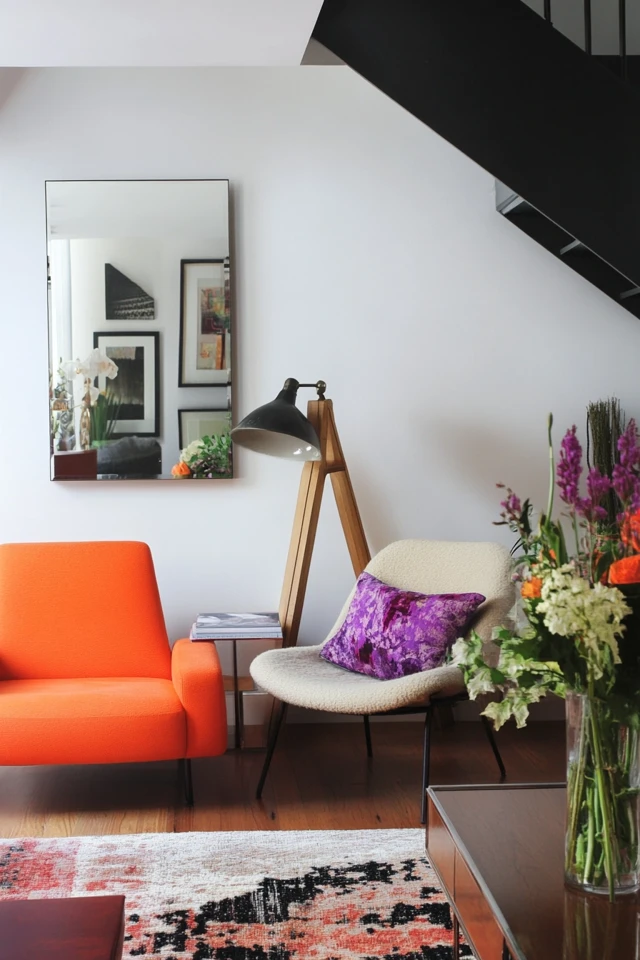Introduction
Designing compact spaces can feel like solving a challenging puzzle. How do you fit all the essentials without overcrowding the room or sacrificing style? Whether you’re working with a small apartment, a tiny bedroom, or a narrow hallway, the key lies in maximizing every inch with smart design strategies. With the right approach, even the smallest spaces can feel functional, stylish, and spacious.
I remember the first time I designed a compact studio apartment for a friend. Initially, the space felt cramped and chaotic, with furniture pushed against every wall and no clear zones for different activities. By incorporating multifunctional furniture, clever storage solutions, and a cohesive color scheme, we transformed the apartment into a well-organized, inviting home. That experience taught me that small spaces can be just as impactful as large ones—with the right tricks, they can even become more efficient and charming.
In this guide, we’ll explore effective strategies for designing compact spaces, ensuring they’re not only functional but also visually appealing. Whether you’re looking to optimize a tiny living room, make a small kitchen work for you, or turn a narrow hallway into a statement space, these tips will help you create a home that feels bigger, brighter, and perfectly tailored to your needs.
The Perfect Design for You
Compact spaces are perfect for those who value efficiency and creativity in their homes. Whether you’re a minimalist who thrives in smaller environments or someone looking to make the most of limited square footage, designing compact spaces allows you to live large in a small footprint.
Imagine a cozy studio apartment where a loft bed creates space for a work desk below, or a kitchen where pull-out shelves and hanging racks make every inch count. Picture a narrow hallway transformed with slim furniture, mirrors, and soft lighting to create a welcoming entryway. These spaces prove that size doesn’t limit functionality or style—it simply requires a smarter approach.
No matter your design preferences—modern, rustic, bohemian, or traditional—these tricks will help you unlock the full potential of your compact spaces, making them feel open, organized, and uniquely yours.
Picture Gallery
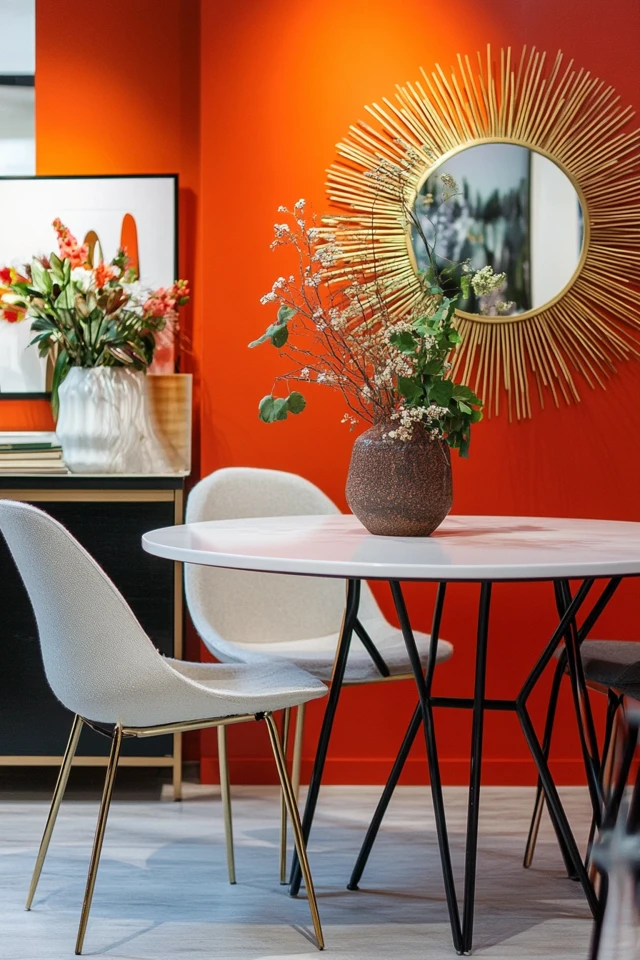
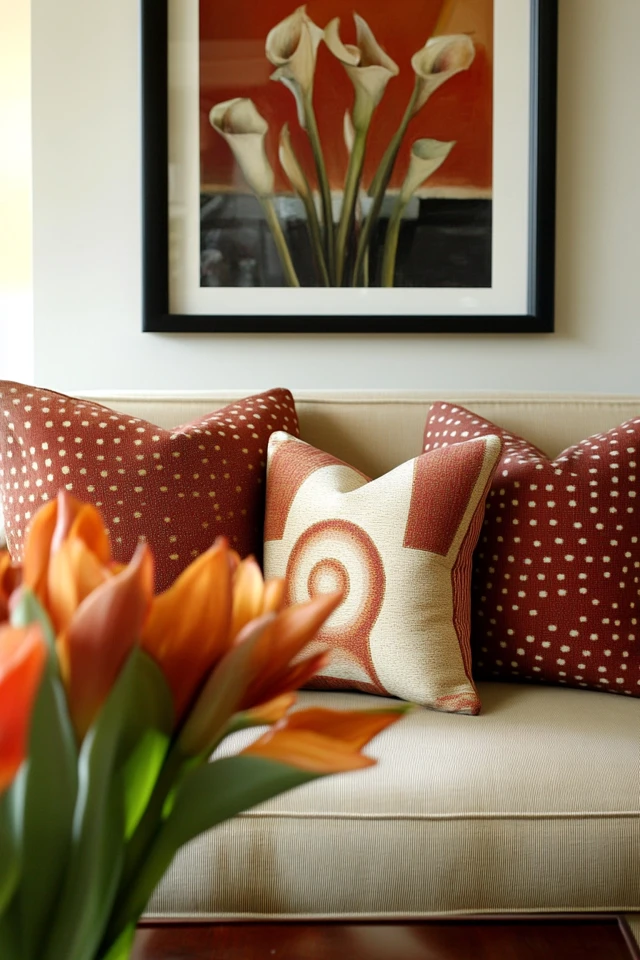
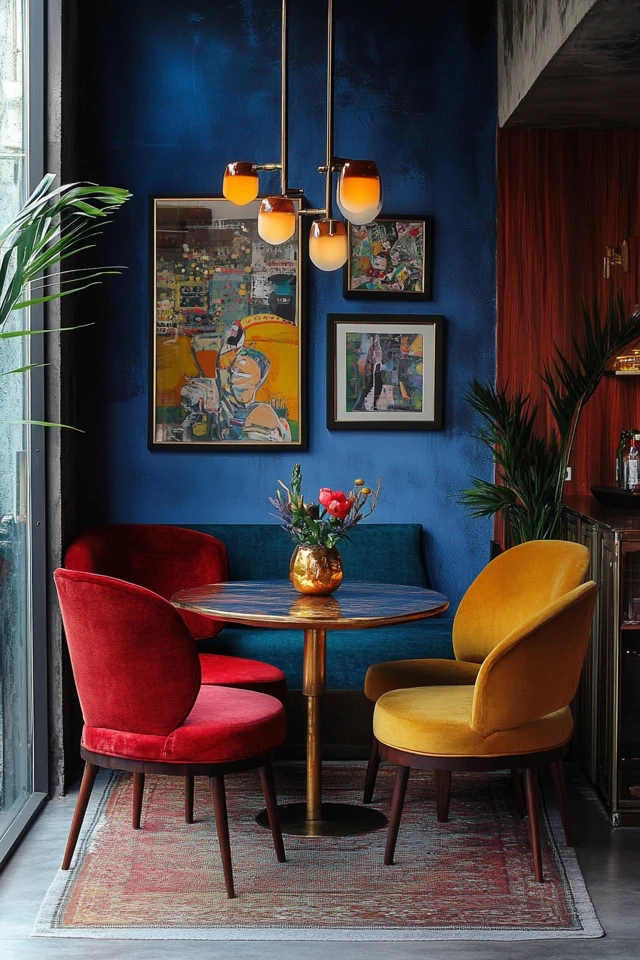
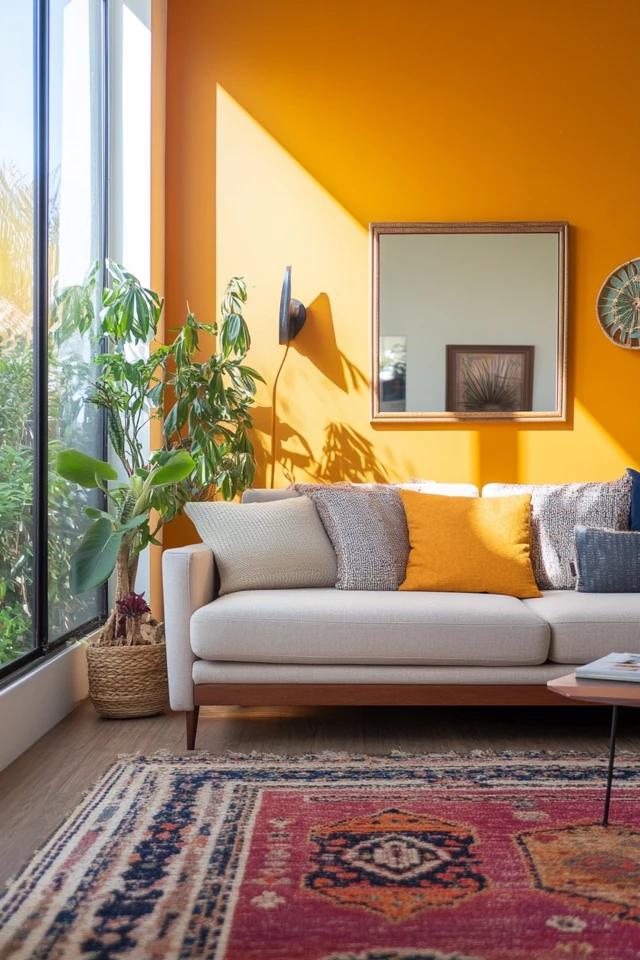
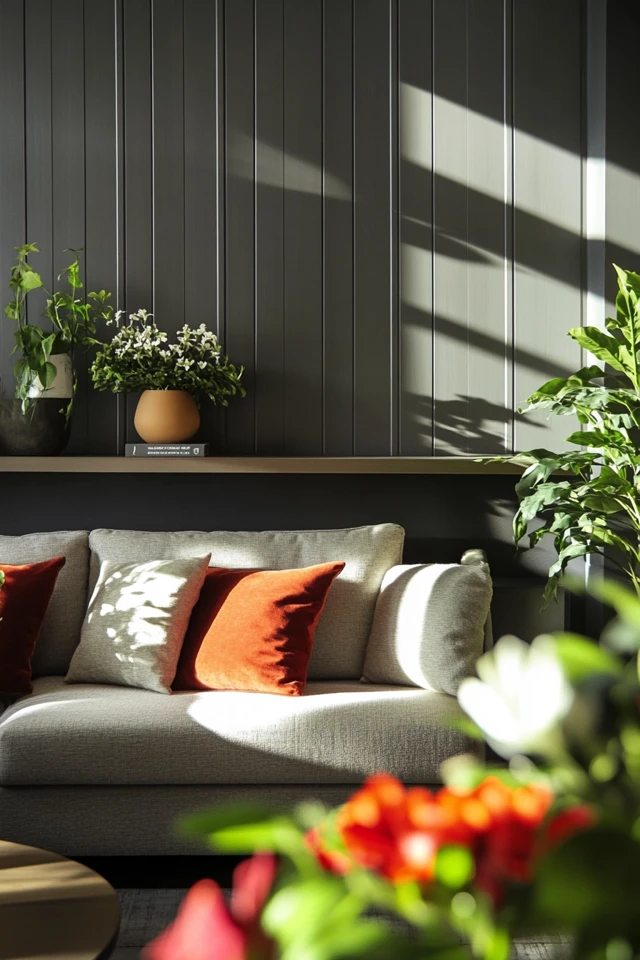
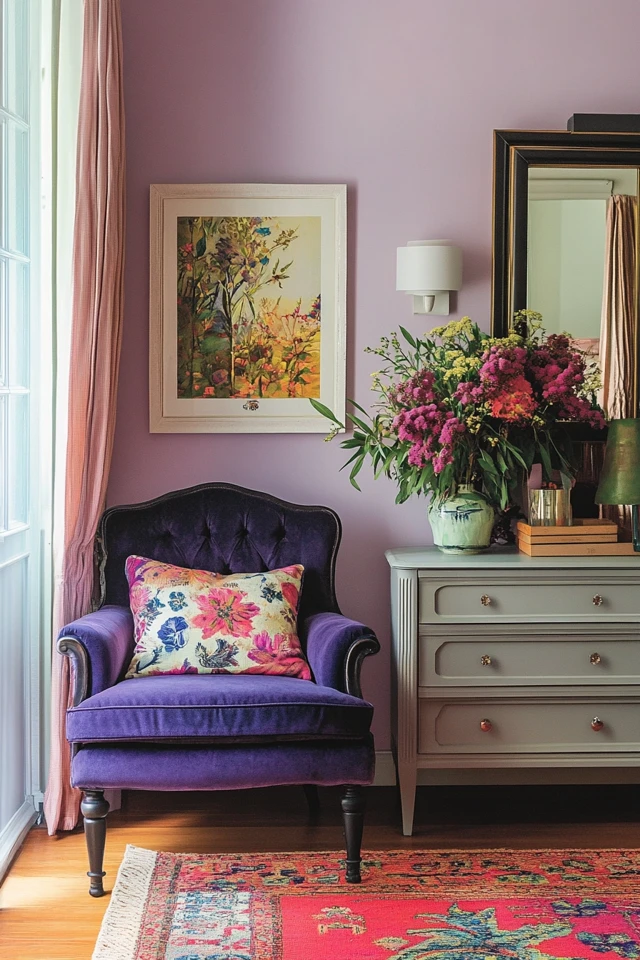
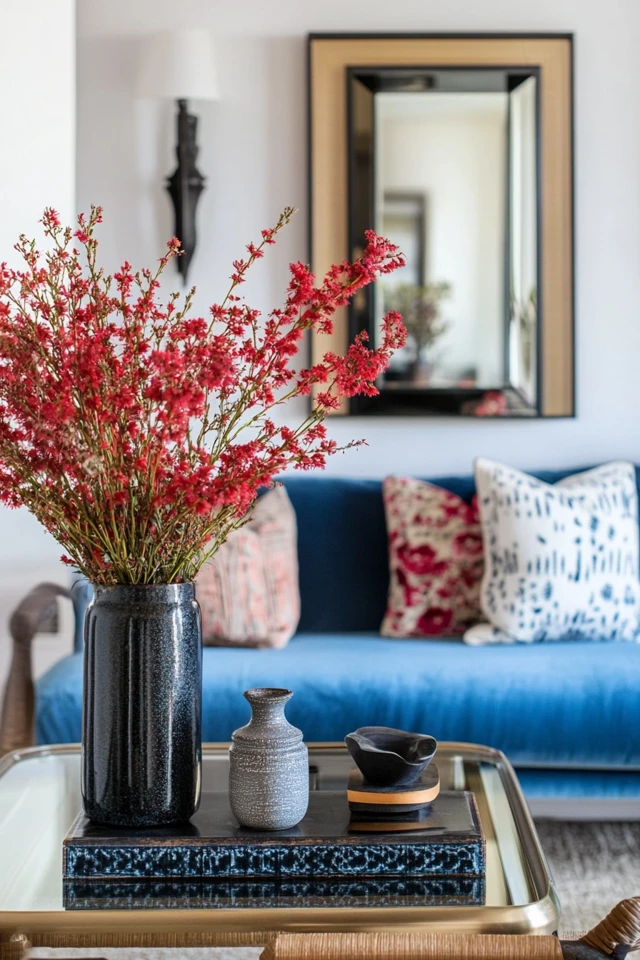
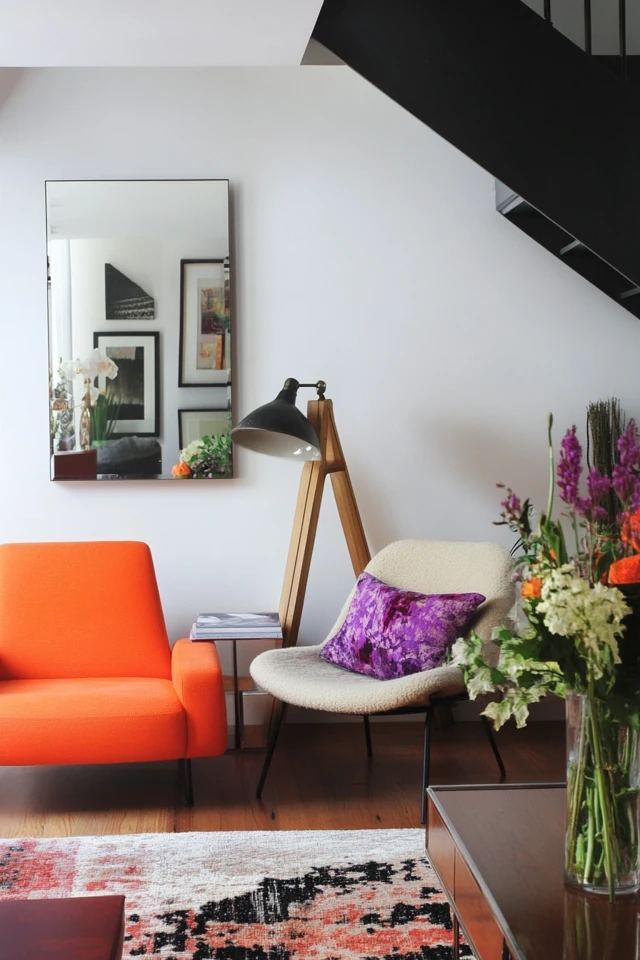
Why Smart Design Works in Compact Spaces
Compact spaces offer unique challenges and opportunities. By focusing on functionality and intentionality, you can make small rooms work beautifully. Here’s why smart design is essential for compact spaces:
- Maximizes Functionality: Thoughtful layouts ensure every inch serves a purpose, making small spaces highly efficient.
- Enhances Visual Flow: Smart design tricks, like open shelving or cohesive color schemes, create a sense of openness and flow.
- Reduces Clutter: Organized storage solutions keep compact spaces tidy, preventing them from feeling overwhelming or chaotic.
- Encourages Creativity: Designing small spaces pushes you to think outside the box and find innovative ways to combine style and utility.
- Cost-Effective: Smaller spaces often require fewer materials and furnishings, making them more budget-friendly to decorate and maintain.
Interior design experts often emphasize the importance of creativity and intentionality in making small spaces feel bigger and more functional. By following these principles, you can turn compact rooms into practical, stylish havens.
How to Design Compact Spaces Effectively: Step-by-Step
1. Choose Multifunctional Furniture
- Furniture that serves multiple purposes is a game-changer in small spaces:
- Sofa Beds: Perfect for living rooms that double as guest rooms.
- Storage Ottomans: Combine seating, storage, and style in one piece.
- Folding Tables: Expandable dining tables or wall-mounted drop-leaf tables maximize versatility.
- Loft Beds: Create vertical space for a desk or seating area underneath.
- Example: In a tiny bedroom, use a bed with built-in drawers to eliminate the need for a separate dresser.
2. Maximize Vertical Space
- Vertical storage helps you make the most of walls while keeping the floor clear:
- Add floating shelves for books, plants, or decor.
- Install tall cabinets or bookcases to draw the eye upward and create visual height.
- Use hooks or pegboards for hanging items like coats, bags, or kitchen utensils.
- Example: A compact kitchen with a wall-mounted pegboard can store pans, utensils, and even spice racks.
3. Use Light and Neutral Colors
- Light tones create an illusion of space and prevent small rooms from feeling cramped:
- Paint walls in soft neutrals like white, beige, or light gray.
- Use light-colored furniture and rugs to brighten the space.
- Add pops of color through accessories like cushions or artwork.
- Example: A small living room with white walls and a pale gray sofa feels airy and open, even with limited square footage.
4. Incorporate Hidden Storage
- Concealed storage keeps clutter out of sight, maintaining a clean and organized look:
- Use beds with built-in drawers or lift-up storage.
- Opt for coffee tables or benches with hidden compartments.
- Install cabinets or cubbies under stairs for extra storage.
- Example: In a studio apartment, a platform bed with pull-out drawers can store clothes, shoes, and linens without taking up extra space.
5. Create Defined Zones
- Clearly separate areas for different functions to make compact spaces feel organized:
- Use rugs, furniture placement, or room dividers to define zones.
- Open shelving can act as a divider while providing storage.
- Lighting can help differentiate areas, such as a pendant light over the dining table and a floor lamp by the sofa.
- Example: A studio apartment can have a bedroom area defined by a rug and a partition screen, separate from the living and dining zones.
6. Embrace Mirrors and Reflective Surfaces
- Mirrors and glossy finishes create the illusion of more space by reflecting light:
- Hang a large mirror on one wall to visually expand the room.
- Choose furniture with mirrored or glass surfaces, like a coffee table or cabinet.
- Use reflective materials in decor, such as metallic frames or glossy tiles.
- Example: A narrow hallway feels wider with a floor-to-ceiling mirror placed along one side.
7. Opt for Open or Slimline Furniture
- Open furniture designs create a sense of airiness and prevent the room from feeling crowded:
- Use chairs and sofas with exposed legs rather than solid bases.
- Choose slim-profile tables and desks that don’t dominate the space.
- Avoid bulky or heavy furniture that visually weighs down the room.
- Example: A transparent acrylic coffee table keeps a small living room feeling light and open.
8. Layer Lighting
- Good lighting is crucial for compact spaces, making them feel brighter and more inviting:
- Use a mix of overhead lighting, floor lamps, and table lamps.
- Add under-cabinet lighting in kitchens or workspaces for task illumination.
- Consider dimmable options to adjust the ambiance.
- Example: A small bedroom with wall-mounted sconces frees up nightstand space and provides focused reading light.
9. Declutter and Stay Minimal
- Less is more when it comes to compact spaces:
- Regularly declutter to avoid accumulating unnecessary items.
- Keep decor minimal, focusing on a few standout pieces.
- Prioritize functionality and choose decor that serves a purpose.
- Example: A small entryway feels welcoming with just a mirror, a slim console table, and a basket for shoes.
10. Personalize with Decor
- Small spaces don’t have to be boring—add personality with thoughtful touches:
- Hang artwork, display favorite books, or style shelves with small plants and candles.
- Use textiles like throw blankets or patterned cushions to add texture and warmth.
- Incorporate items that reflect your personality while maintaining a cohesive design.
- Example: A tiny home office feels vibrant with a bold framed print and a colorful desk organizer.
FAQ
1. How can I make a small room feel bigger?
Use light colors, mirrors, and vertical storage to create an open and airy feel. Keep furniture slim and declutter regularly to avoid overcrowding.
2. What furniture works best in compact spaces?
Multifunctional and modular furniture, such as sofa beds, foldable tables, and storage ottomans, is ideal for small spaces.
3. How do I create zones in a small space?
Use rugs, furniture placement, and lighting to define different areas for sleeping, working, and relaxing. Room dividers or open shelving can also help.
4. Can compact spaces still look stylish?
Absolutely! Focus on cohesive color schemes, thoughtful decor, and functional layouts to create a space that’s both beautiful and practical.
5. How do I make the most of a narrow hallway?
Add slim furniture, mirrors, and good lighting to create an open feel. Use hooks or wall-mounted storage to keep the area functional.
Variations
- Minimalist Approach: Stick to a neutral palette, sleek furniture, and hidden storage for a clean, clutter-free look.
- Eclectic Style: Mix patterns, textures, and bold colors to add personality without overwhelming the space.
- Industrial Vibe: Incorporate metal shelving, exposed wood, and concrete accents for a modern, urban aesthetic.
- Bohemian Charm: Layer rugs, woven baskets, and greenery to create a cozy and inviting space.
- Scandinavian Simplicity: Use light woods, soft textiles, and functional designs for a bright and airy feel.
How to Showcase It
- Living Rooms: Use a sectional sofa with hidden storage and a wall-mounted TV to save space.
- Bedrooms: Opt for a Murphy bed or a loft bed to maximize floor space.
- Kitchens: Add pull-out shelves, magnetic knife strips, and hanging pot racks for efficient storage.
- Bathrooms: Use over-the-toilet shelving and wall-mounted organizers for toiletries.
- Home Offices: Incorporate a compact desk, floating shelves, and a foldable chair for a functional setup.
Occasions to Feature It
- Daily Living: Create a compact space that meets your everyday needs without feeling cramped.
- Hosting Guests: Make small spaces versatile enough to accommodate visitors, like adding a sofa bed.
- Seasonal Updates: Refresh compact spaces with seasonal decor, like throw pillows or table runners.
- Work-from-Home Setups: Design a functional yet stylish home office in a small corner or nook.
- Family Living: Use clever storage and zoning to make compact spaces work for family life.
Conclusion
Compact spaces may be small, but they’re full of potential. With the right tricks and strategies, you can design rooms that feel larger, more functional, and effortlessly stylish. From choosing multifunctional furniture to incorporating light colors, vertical storage, and mirrors, these techniques will help you make the most of every square inch.
Whether you’re decorating a studio apartment, maximizing a small bedroom, or optimizing a tight kitchen, these ideas prove that size is no barrier to great design. By embracing creativity and intentionality, you can create compact spaces that work beautifully for your lifestyle.
So, dive into your design project with confidence and let these tips guide you toward a home that feels open, organized, and uniquely yours!

